Snyder Wins NSF Grant

Dr. Joshua Snyder, an assistant professor in the Department of Chemical and Biological Engineering, has been awarded a National Science Foundation (NSF) grant for a project titled “Collaborative Research: Addressing Morphological Instability in Topologically Complex Electrocatalytic Nanostructures.”
This project is in collaboration with the Johns Hopkins Applied Physics Lab (JHU-APL), a government-funded national laboratory associated with JHU. The goal of the project is to identify the atomic scale mechanisms that govern the degradation of three-dimensional nanoscale electrocatalysts for fuel cells and develop strategies to mitigate that degradation. The total amount for the project, including for the collaborator, is $422,453. The award started Sept. 1, 2019 and runs through August, 2022.
Chaimovich to Publish in New Physical Review Research
Dr. Aviel Chaimovich, an assistant teaching professor in the Department of Chemical and Biological Engineering (CBE), has had a manuscript accepted for publication in the newly launched Physical Review Research journal, titled, “"Relative Resolution: A Multipole Approximation at Appropriate Distances."
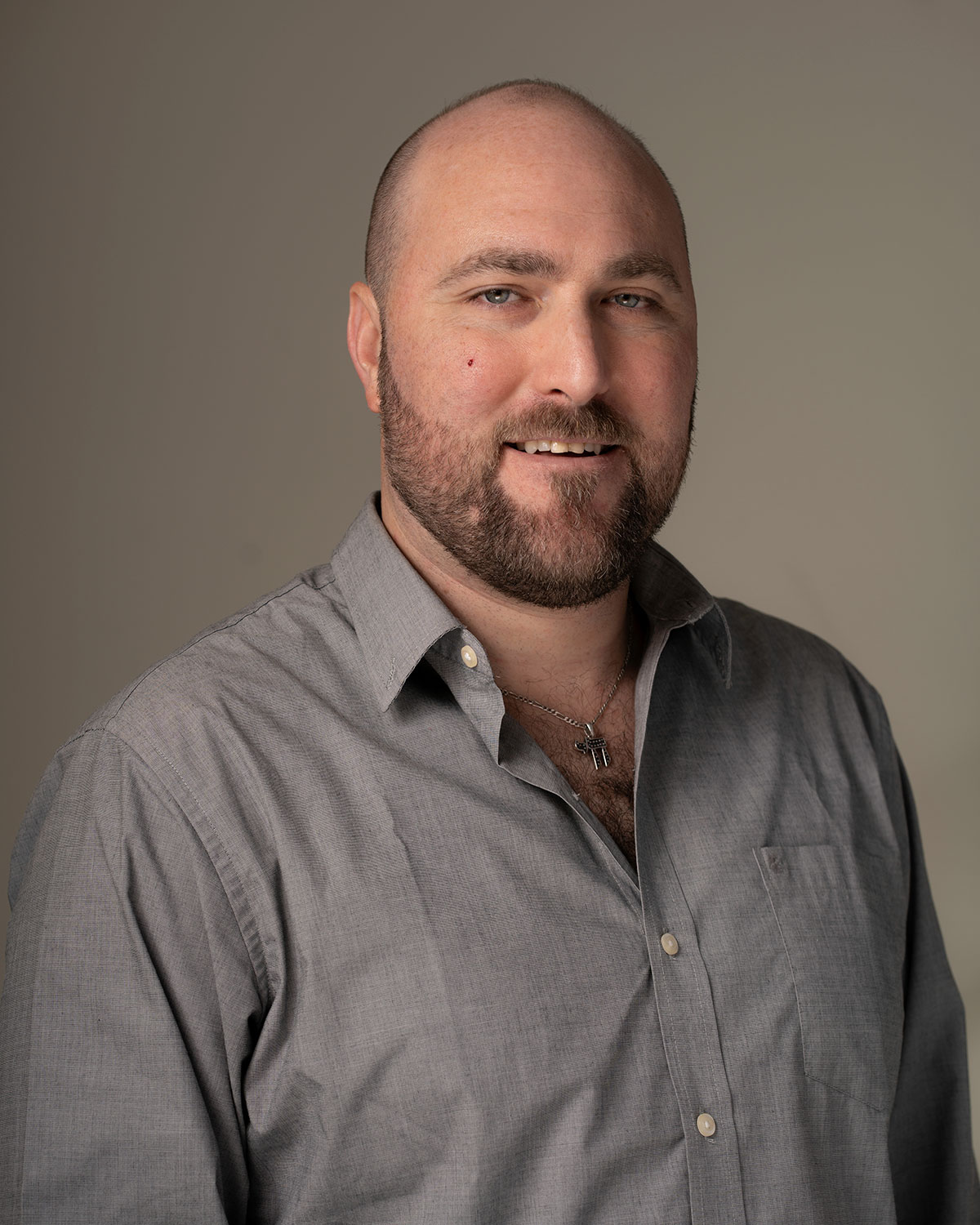
Chaimovich, who recently arrived at Drexel from the Max Planck Institute of Colloids and Interfaces in Potsdam, Germany, describes relative resolution as a math trick from the Age of Enlightenment that made its way to the Age of Nanoscience.
“Early on in their university studies, physics students learn about a famous math trick called the ‘multi-pole approximation,’ ” said Chaimovich. “For example, if a person stands very far from a collection of many electric or magnetic charges that are very near to each other, that person observes this collection just as a single point.
“We essentially use this idea in creating Relative Resolution, which describes molecules in a dual hybrid way. Molecules that are near to each other interact as geometrically detailed blobs, yet molecules that are far from each other interact as isotropically simplified balls. We specifically cast Relative Resolution as a computational algorithm for enhancing the efficiency of molecular simulations. In turn, this hybrid approach can be of much aid in studying various phenomena in nanoscience, especially in biology (for example, protein folding).”
Kalra wins an NSF Grant
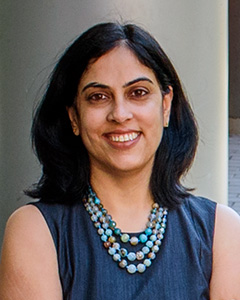
Dr. Vibha Kalra has been awarded a $250K NSF grant for her research focusing on the development of Li-S batteries, a breakthrough battery chemistry that uses Lithium anode and sulfur cathode to store energy. Fundamental investigations on the role of sulfur phase in altering the reaction mechanism in Prof. Kalra's lab have led to the development of sulfur cathodes that successfully function with a stable 4-fold higher capacity at material-level for 1000+ cycles. This PFI-TT project will undertake development activities to reduce battery weight and increase sulfur loading based on success metrics provided by potential partners during preliminary customer discovery, with the objective to achieve 4-fold improvement in "device-level" specific capacity. The proposed technology will also eliminate dead weight (up to 25% of electrode weight) of binders and current collectors – passive components used in current devices – and consequently eliminate slurry processing, a necessary processing step needed for current powder-based electrodes. (Written by Samantha Pearsall, CBE.)
Professors Wen and Hoque Win NSF Grant
Professor Jin Wen and Associate Professor Simi Hoque of the Department of Civil, Architectural and Environmental Engineering (CAEE) have been awarded an NSF grant of $243,717 for their project titled, “Collaborative Research: AccelNet: An International Network of Networks for Well-being in the Built Environnent. (IN2WIBE).” This project is a collaboration between Drexel, USC, ASU, and the University of Alabama. The project will facilitate collaborative research, education, and outreach through an International Network of Networks for Well-being in the Built Environment (IN2WIBE).
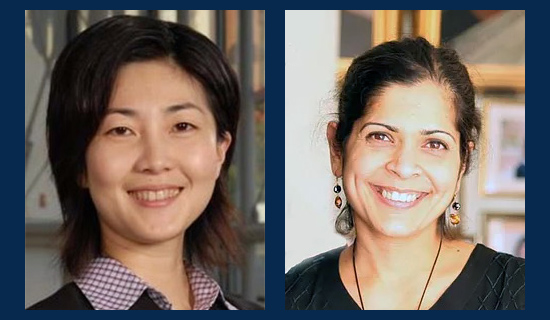
Jin Wen (left) and Simi Hoque
At the core of IN2WIBE is a shared understanding that well-being is strongly dependent on the links between the built environment and the personal, cultural, economic, and social forces that drive health, productivity, satisfaction, and comfort. Research networks on well-being in the built environment exist; however, they are shaped by their institutional, regional, or social contexts. Well-being in the built environment is a broad research area, with myriad approaches and solutions that emerge from different disciplinary perspectives. These efforts need to be integrated to foster effective and widely-applicable solutions. IN2WIBE will connect and educate future building scholars on well-being in buildings while informing better building design, construction, operation, and use by leveraging resources from 34 existing networks and partners in 17 countries.
Wen and Hoque will be organizing a series of international workshops, including one at Drexel. Details to come. (Written by Kim Spina, CAEE.)
Rosen PI on NSF Grant
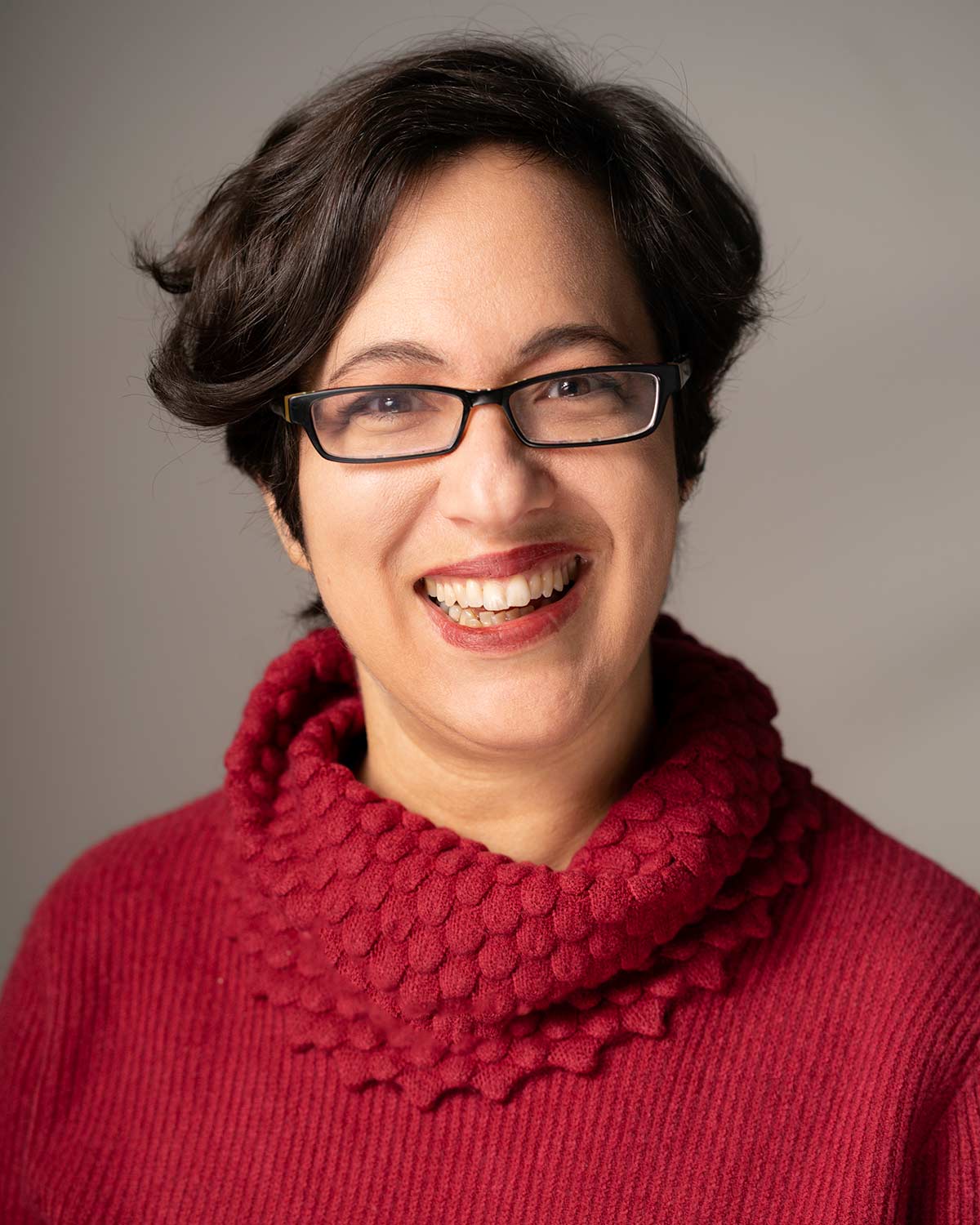
Dr. Gail Rosen, associate professor in the Department of Electrical and Computer Engineering (ECE), serves as the primary investigator on the project “MRI: Proteus++: Enabling Data-Intensive Computing at Drexel University,” recently funded by the NSF. The project is funded at $542,740 for three years. The Major Research Instrumentation Program (MRI) through NSF funds the acquisition of major scientific equipment at universities and STEM research organizations. This project will “massively expand the data-intensive computational capabilities of Proteus, Drexel University’s existing shared high-performance scientific CPU-only cluster,” according to the project summary.
This project is a collaborative effort that includes co-investigators Antonios Kontsos, associate professor in the Department of Mechanical Engineering and Mechanics (MEM); Dr. Hasan Ayaz of the School of Biomedical Engineering, Science and Health Systems; and Dr. Brigita Urbanc of the Department of Physics. (Written by Jeff Birou, ECE.)
CAEE Alum Named Chief Safety Officer, Federal Railroad Administration
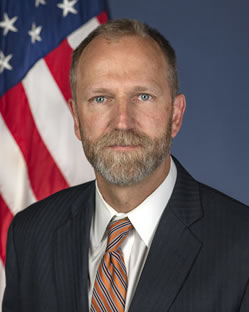
John Karl Alexy, BS ’03 in the Department of Civil, Architectural and Environmental Engineering (CAEE), has been named the Associate Administrator for Railroad Safety and Chief Safety Officer of the Federal Railroad Administration. He most recently had oversight of the Office of Safety Analysis for the FRA, and has been with the administration for 10 years after joining as a general engineer. In this new position, Alexy will manage the FRA’s regulatory oversight of all rail safety in the US and oversee development and enforcement of regulations and safety programs for the freight and passenger rail industry, according to press release materials.
Nabet and Barsoum to Publish in Advanced Materials
Dr. Bahram Nabet, professor in the Department of Electrical and Computer Engineering (ECE), and Dr. Michel Barsoum, distinguished professor in the Department of Materials Science and Engineering (MSE), are co-senior authors on the paper, “Beyond Gold: Spin Coated Ti3C2-Based MXene Photodetectors,” which will appear in Advanced Materials.

Bahram Nabet (left) and Michel Barsoum
“ ‘As good as gold’ is an adage that is often used, but is very seldom the case. In this paper, we show that with nothing more sophisticated than a Ti3C2Tz (MXene) aqueous colloidal suspension, a table top spinner, and acetone, we fabricate GaAs photodetectors that outperform conventional Ti/Au electrodes deposited on the same GaAs substrates,” the authors explained. “This ambient condition process can be used in gates of FETs as well as photodetectors, and can be readily integrated into microelectronic, photonic- integrated circuit and silicon photonics processes, with a wide spectrum of possible applications ranging from optical sensing to LiDAR, to optical tele/data communications.”
The paper was the product of collaboration between the Bahram/Barsoum groups and the Naval Research Lab. Co-authors include: Kiana Montazeri, PhD student, ECE; Dr. Marc Currie of Naval Research Lab; Dr. Louisiane Verger, Postdoc MSE; and Dr. Pouya Dianat, Research Assistant Professor, ECE.